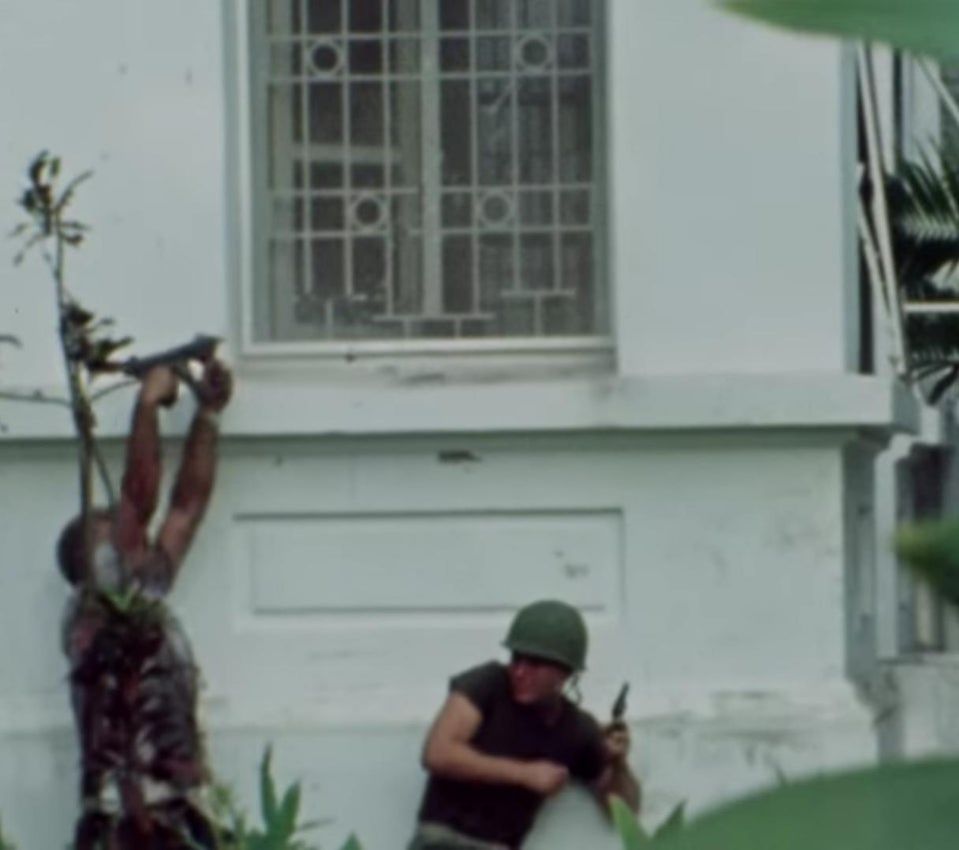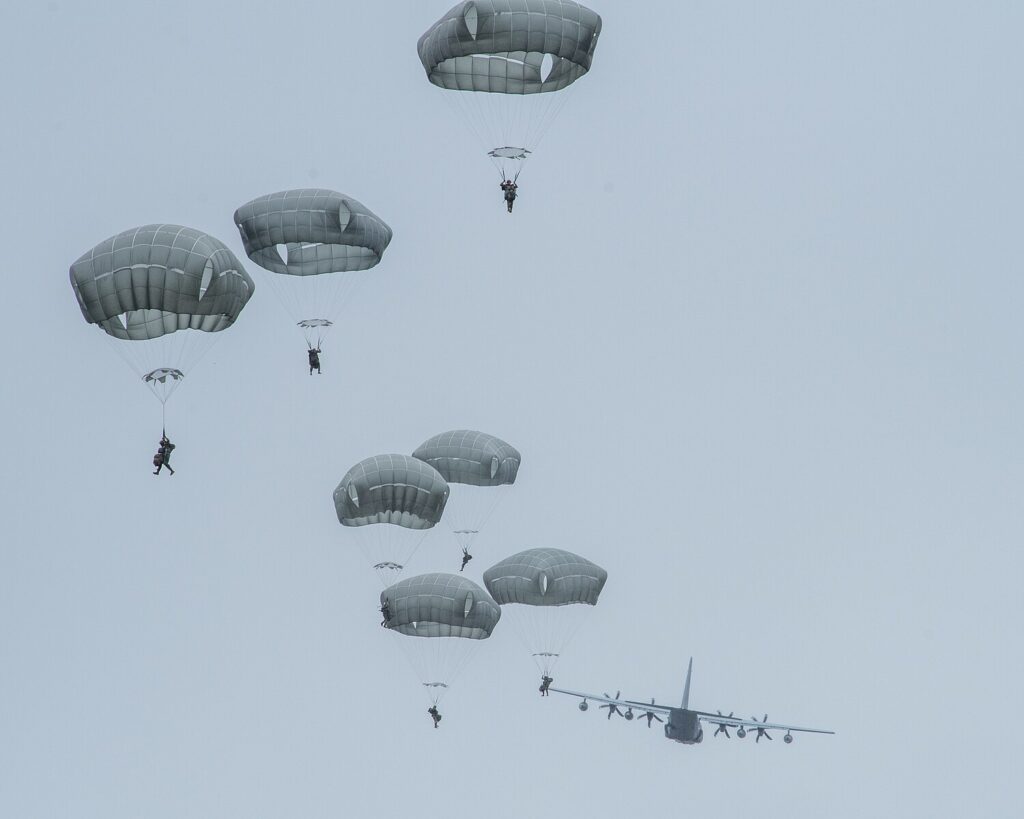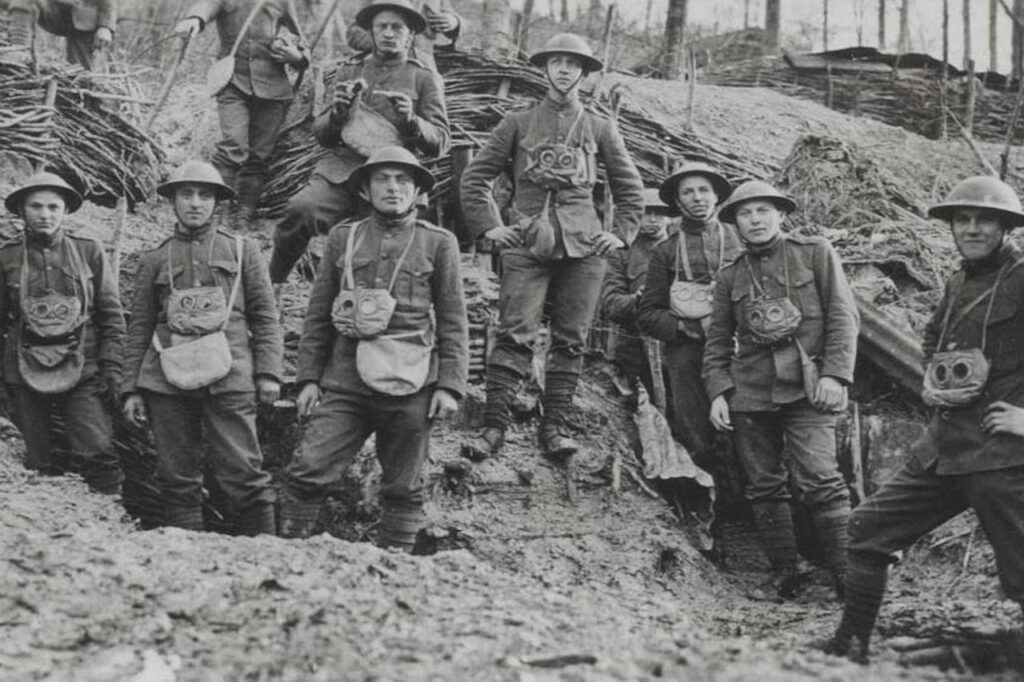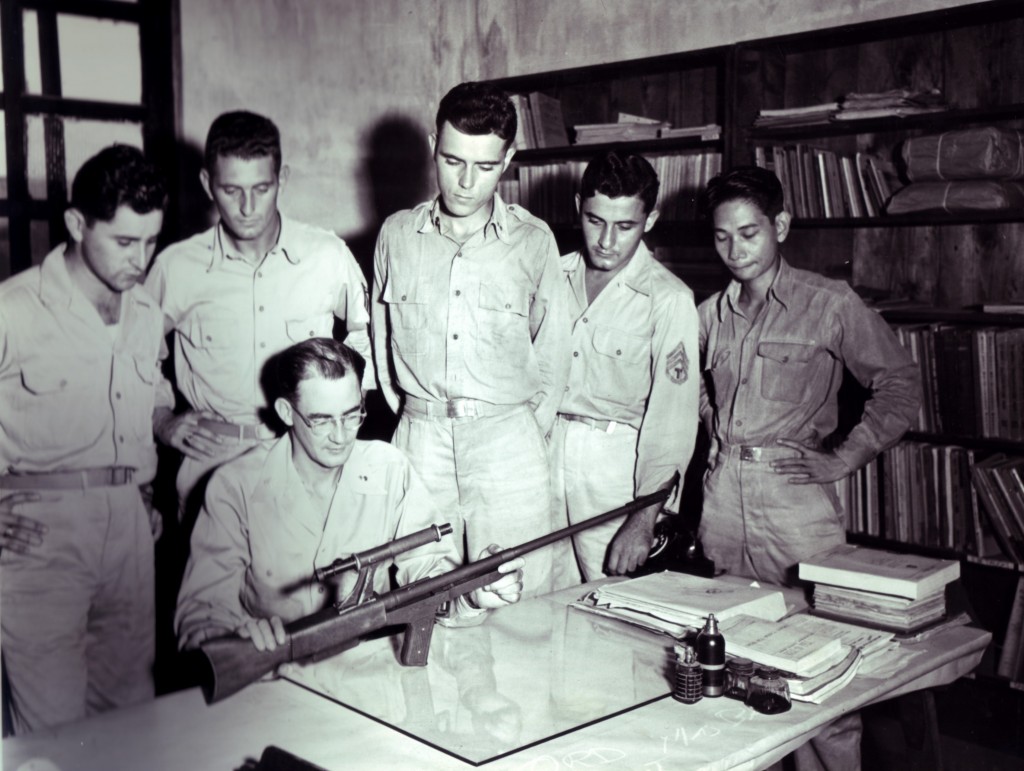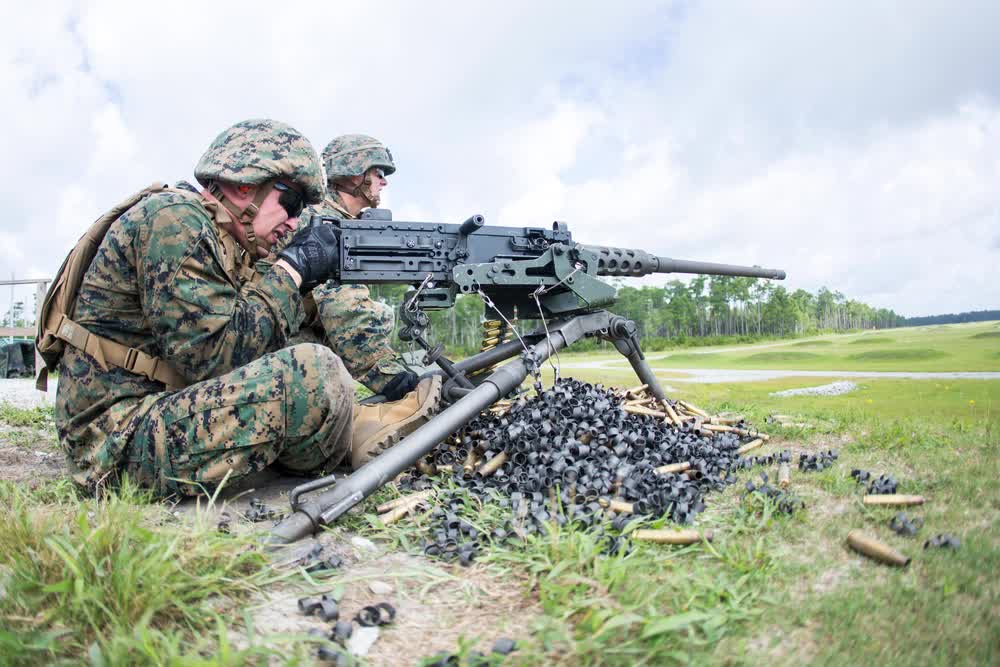During the Tet Offensive, the US Embassy in Saigon was attacked by the Viet Cong using assault rifles, rocket launchers, and more. The ambassador and State Department failed the Marines who were guarding the embassy, but those Marines and responding Army MPs valiantly defended the embassy until better-armed Marines and Soldiers showed up to reinforce the embassy.
Marines were responsible for guarding the US embassy during the Vietnam War, however, these men carried some very odd weapons. At the time, Marine Security Guards were armed by the State Department and not by the Corps – to this day, it’s not uncommon for Marines to be armed with State Department weapons. This put the Marines outside of the typical armament options of the military. State Department security personnel were more akin to law enforcement agents than soldiers and this seems to have guided their weapon selection.
S&W Model 10
The S&W Model 10 with a four-inch barrel was the sidearm of choice for the State Department security personnel, so it became the sidearm of the Marines at the US Embassy in Saigon. This is a six-shot, K-frame, .38 Special revolver is one of S&W’s most legendary firearms and has probably armed more police officers than any other revolver. The Model 10 is essentially the blueprint for the modern revolver, which evolved from the S&W 1899 Hand Ejector and saw service with various military units.
Members of the Residency Guard, who typically wore civilian clothes, carried Model 10 with two-inch barrels.
In 1967, the Marine sidearm of choice was the M1911, and it had been since 1911. The S&W Model 10 was a fine firearm, but the M1911 has increased capacity and is easier to reload. Marines were forced to carry only five rounds with the hammer down on an empty chamber and were not issued extra ammo.
The Model 10 remained the choice of the State Department and embassy Marines for decades following Vietnam. It’s a fine pistol, and for an embassy in a peaceful country, it would be sufficient, however, for an embassy in an active warzone, it was outdated.
Related: This is why a SEAL Team 6 member uses the odd Taurus Judge revolver
The Colt Python
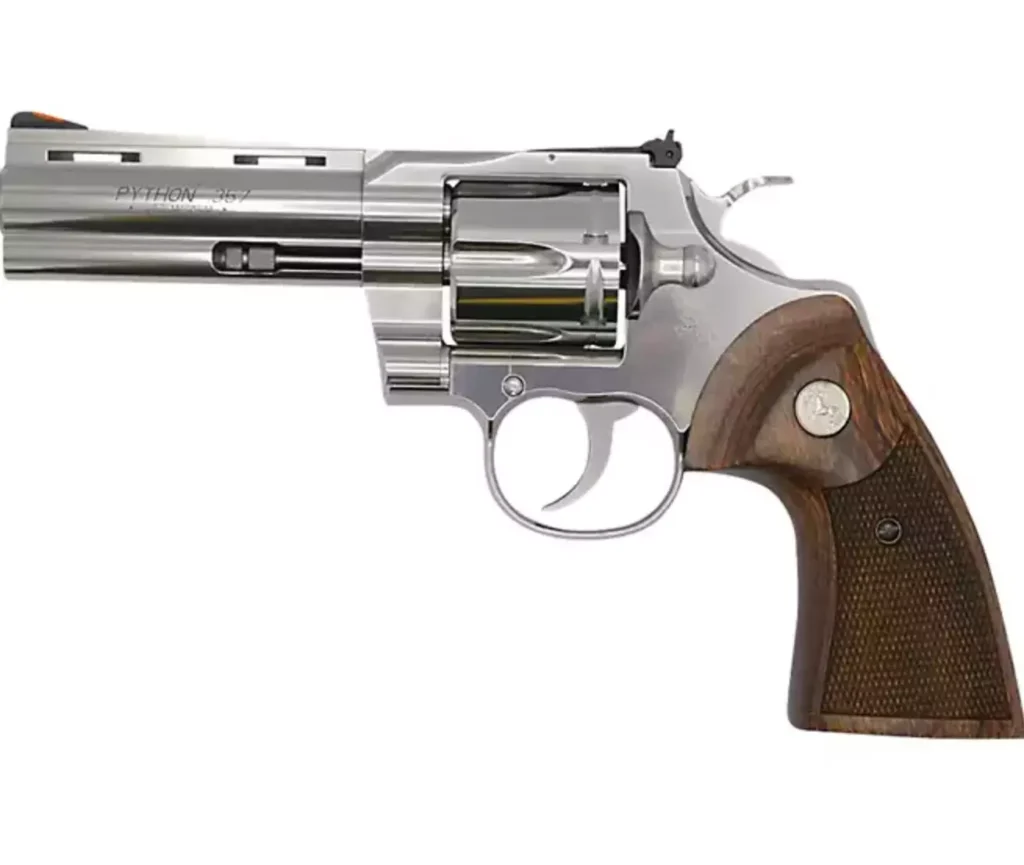
The ambassador’s personnel security detail, known as the Personal Security Unit, carried the vaunted Colt Python in .357 Magnum. (It is unclear what the weapon’s barrel length or configuration was.) This was one of the few known uses of the gun in a war.
The State Department wanted the ambassador well protected, and it’s likely why his security detail got the magnum-rated handguns. For close-range work in urban environments, they had their benefits, as they offered more penetration than regular revolvers and could likely punch through the thin skin of the average vehicle. The guns could also shoot .38 Special if it came down to that.
The Pythons were a step above the Model 10 on several levels: They had better sights, better triggers, and, of course, the amped-up power of the .357 Magnum round. Although much like the Model 10, I imagine the Embassy Marines might have preferred M1911s.
Related: Colt’s first weapon was also the US Army’s first revolving rifle, but it never became famous
The Beretta Model 12
After testing them in 1966 against the Swedish K, the Thompson, and the Uzi, the State Department purchased Beretta Model 12 submachine guns for use with the Marine security details. The Beretta Model 12 is a fine submachine gun. It could take tons of abuse, and turned out to be a very reliable gun – although we don’t have more details about the testing.
The gun has a minimalist side folding stock, which makes it small enough to fit into the cases. Residency and Personal Security Units carried the Beretta Model 12 in a nondescript case with the stock folded. The submachine gun fired from the open bolt and used 32-round magazines. Its rate of fire was a controllable 550 rounds per minute, and users could swap between semi-auto and full-auto.
Remington Model 870
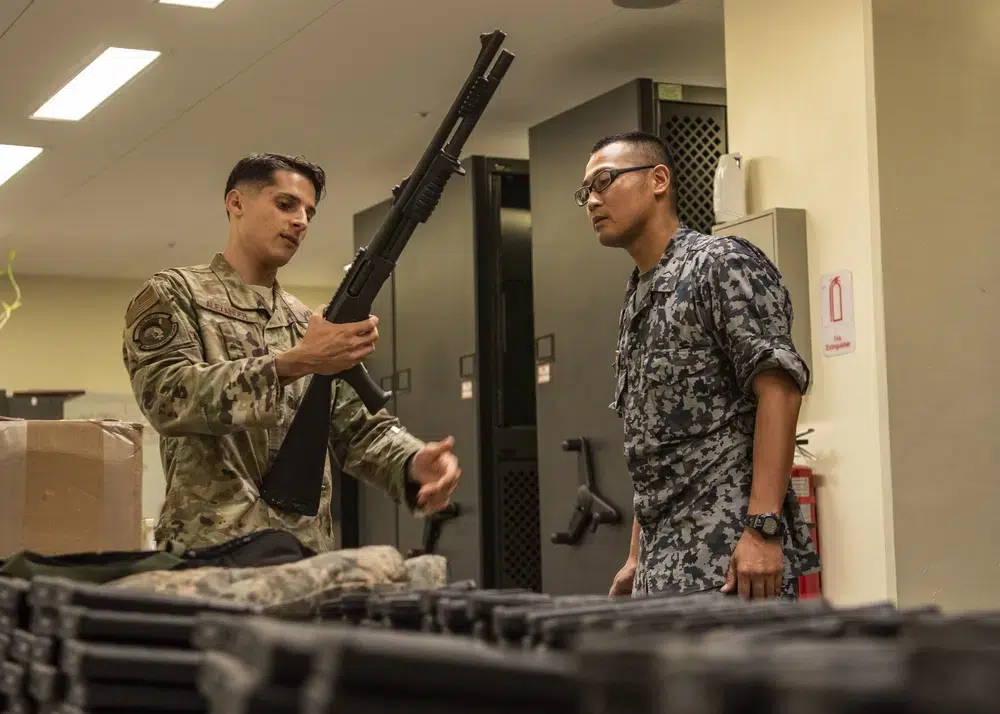
The Remington Model 870 was a perfectly normal shotgun. It was used by the US military and was also the long gun option for the basic watchstanders. Marines used the pump-action shotgun with 00 buckshot and typical four-round magazine tubes.
The Remington Model 870 is a great close-range weapon and works well for law enforcement and embassy security in peaceful countries. Yet, it isn’t the best choice in a combat zone.
Where were the M16s?
There were none. The ambassador could have elected to arm the Marines with M16s – or even M14s if he didn’t trust the M16, as admittedly had a rough rollout – but he chose not to have a rifle on hand.
A few Army MPs had M16s on site, but the Marines responded primarily with shotguns and .38 Special revolvers. The few Beretta Model 12s were also tossed into action. At least one photo we found shows a Marine blind-firing the Model 12.
The odd armaments carried by Marines protecting the embassy in Saigon represent a failure to recognize the very real threat of Viet Cong forces. While the Marines and Soldiers achieved a tactical victory during the attack against the embassy, the State Department and ambassador ensured it would be a political defeat.
Read more from Sandboxx News
- Navy SEALs and Delta Force commandos living together in the jungles of South America
- The Air Force made Lockheed’s Skunk Works design a stealth pole
- Did Mattel really create an M16 or is this a great urban legend?
- Back-saving exosuits may someday be standard-issue gear for troops
- The SR-72 timeline: From initial design to ‘Top Gun’s’ Darkstar
